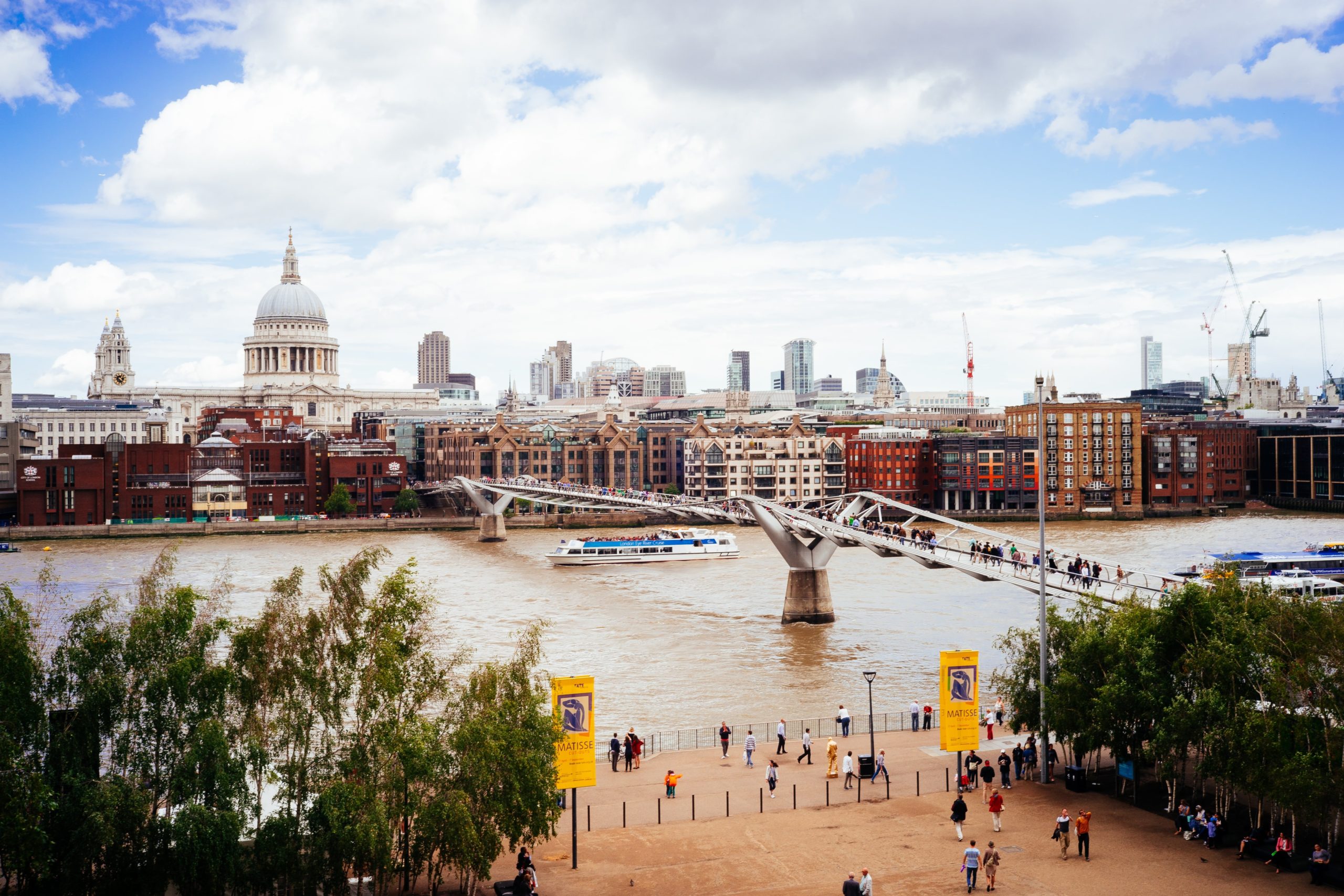Britain can build a bridge between recovering from the pandemic and avoiding dangerous climate change by creating a Green Infrastructure Bank. This is the conclusion of a report, Banking on the Future, published today by the independent energy and climate think tank, E3G.
By creating a powerful mechanism to better align opportunity seeking capital with investment hungry projects, a Green Infrastructure Bank would tackle a collapse of private investment from the recession and the loss of infrastructure funding from the European Investment Bank. It would make it possible for the Government to pursue its twin objectives of restoring purchasing power to the economy and accelerating the transition to a net-zero economy.
A Green Infrastructure Bank would be able to help finance the investment to drive down carbon emissions across the country, while at the same time creating jobs, levelling up the UK, improving long-term productivity and boosting resilience.
The report sets out a three step plan to create the Green Infrastructure Bank. It calls for the Treasury to give the go ahead at the upcoming fiscal statement in early July, announce a final decision and confirmed funding at the Autumn Budget, starting as a ‘Shadow Bank’, before being fully operational in 2021 ahead of the United Nations COP 26 Climate Summit.
The total UK infrastructure investment needs are estimated by Government to be £22 billion a year but the UK is facing a collapse of private investment as a result of the recession. The crisis has been compounded by the reduction in support from the European Investment Bank in the wake of Brexit, with lending to the UK falling from €6.9 billion in 2016 to €0.78 billion in 2019.
The call for a ‘Green Infrastructure Bank’ follows the recommendation last year by the National Infrastructure Commission for a public bank to help the UK to get on track with its infrastructure plans and achieve its net-zero goal.
Nick Mabey, Chief Executive of E3G said:
“The challenge to the government on both post-Covid recovery and on climate change is to move fast. The main obstacle to speed is the absence of an effective mechanism to rapidly connect net zero projects with return seeking capital. The GIB would provide a mechanism to close this gap before COP 26, showing global leadership in building a sustainable, resilient economy.”
The UK Green Investment Bank, set up under David Cameron, successfully leveraged £10 billion into the UK economy over only 4 years. It was privatised in 2016 by George Osborne in a decision which was deeply controversial at the time.
The setting up a Green Infrastructure Bank can be achieved without increasing national debt. One option is to treat capitalization of the bank a similar fashion to the Lloyds and RBS bailouts of 2008, where this investment was kept off government balance sheets. An alternative option would be to set up a citizen’s bank model, backed by new green savings schemes such as green ISAs.
E3G is calling for the bank to be accompanied by two other critical financial reforms to get the UK on track to net-zero: a Climate Financing Plan to accompany the UK’s clean growth industrial strategy and the HMT review of the costs of getting to net-zero, both due this year, and for Climate Risk Disclosure to be made mandatory for financial institutions together with organisational plans for decarbonising their operations and investment portfolios.
Ends
Read the full briefing, Banking on the future: the case for a green infrastructure bank, here


